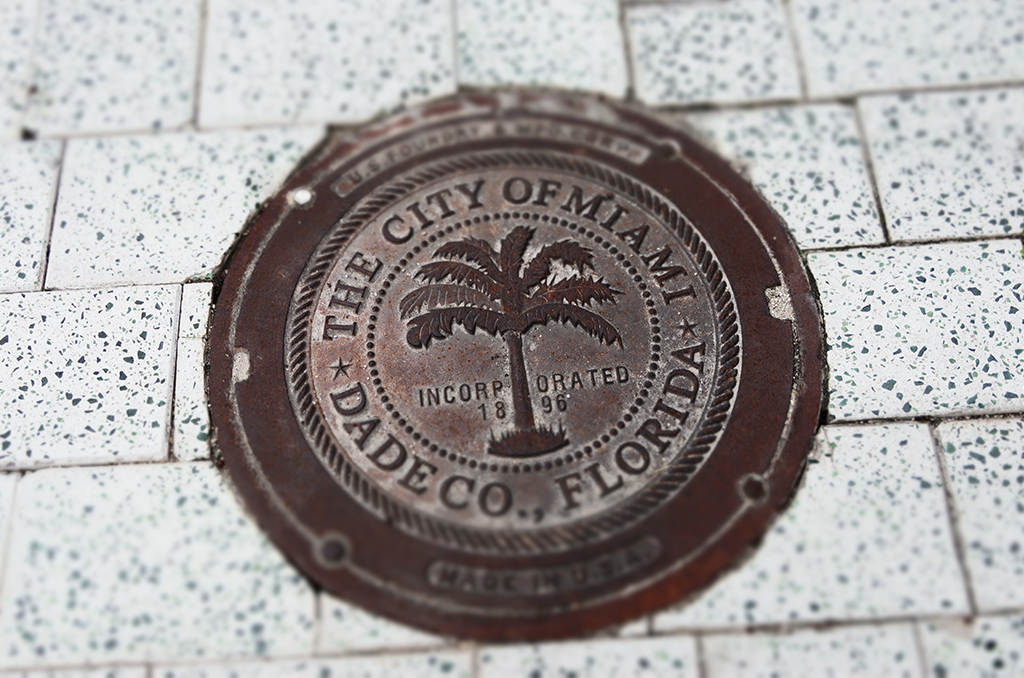Miami Dade County Florida Area – Courtesy: Shutterstock – Image by Oneworldonejourney
Perhaps even more famous than Flagler Street in Miami is that of Miami-Dade County itself. The County got its name from someone who is remembered for his service in the military. Hundreds of years ago, this individual played a role in one of the most important battles for ownership of Florida land. Unfortunately, he paid a price for it, but it helped establish his legacy in what would become Florida’s most populous county.
Francis Langhorne Dade was born on February 22, 1793, most likely in King George County, Virginia. Not much is known about his early life, except that Dade managed to become a Brevet Major in the 4th Infantry Regiment in the United States Army. He joined the Twelfth Infantry in March 1813 (during the War of 1812) as third lieutenant. He was then transferred to the Fourth Infantry in May 1815 during the Second Seminole War.
Two U.S. Army companies under the command of Major Francis L. Dade, consisting of a total of 110 soldiers, were ambushed by Seminole warriors during a march on December 28, 1835. Only three men survived, and one died of his wounds the following day.
Florida’s Native Americans had grown increasingly furious at attempts by the U.S. Army to forcefully relocate them to a reservation out west and Dade knew his men might be attacked by the Seminole Indians who were shadowing his regiment, but believed that if an attack were to occur, it would occur during one of the river crossings or in the thicker woods to the south.
After the battle, the Indians stripped and robbed the bodies of the dead. The Florida Indians had provided a haven for escaped slaves, whom the Indians employed as translators or who joined the tribe.
Once hostilities between the two parties ceased, the Army proposed to transfer the remains of all who died in the territory, including the soldiers who fell with Dade, to a single burial ground. Reinterment took place at the St. Augustine Post Cemetery (later the St. Augustine National Cemetery). More than 1,400 soldiers were interred in three mass graves, along with those under Dade’s command. The Dade Monument consisting of three distinct pyramids (constructed of native coquina stone) and an obelisk was dedicated in memory of these soldiers on August 14, 1842.
This marked the end of the Florida Indian Wars.
Dade was further honored by having several places in the U.S. be named after him, such as Dade County, Missouri, our very own Miami-Dade County, Florida, Dade County Georgia and Dade City, Florida. The battle in which Dade and the soldiers under his command were killed is re-enacted every year at the now-decommissioned fort on Egmont Key at the Dade Battlefield Historic State Park (which was also named after Major Francis L. Dade) .
In 1997, Dade County (Florida) residents- voters and county commissioners – decided that they wanted the county they lived in to reflect its most recognizable city. So, as a result, what Miami residents now know as Miami-Dade County was born.
Melissa’s career in writing started more than 20 years ago. Today, she lives in South Florida with her husband and two boys.

